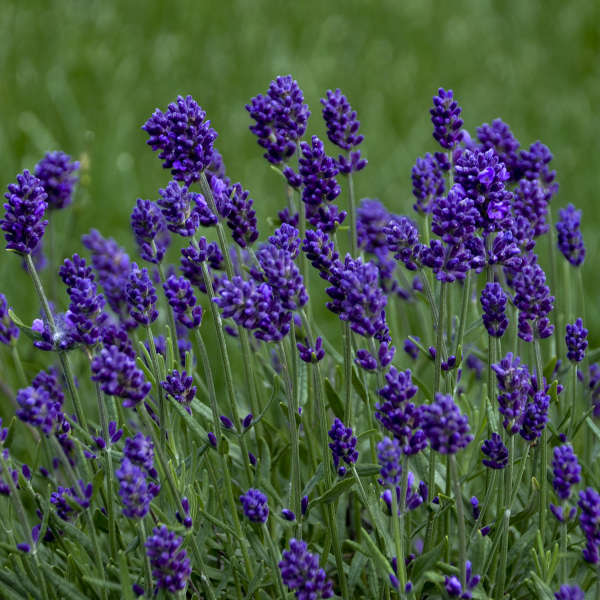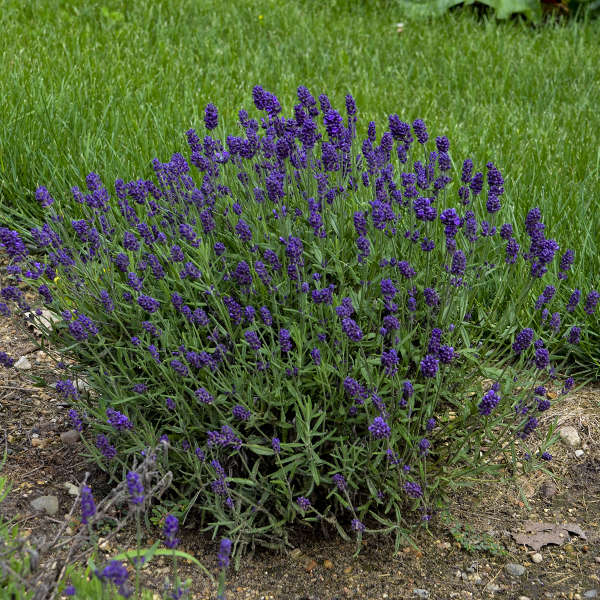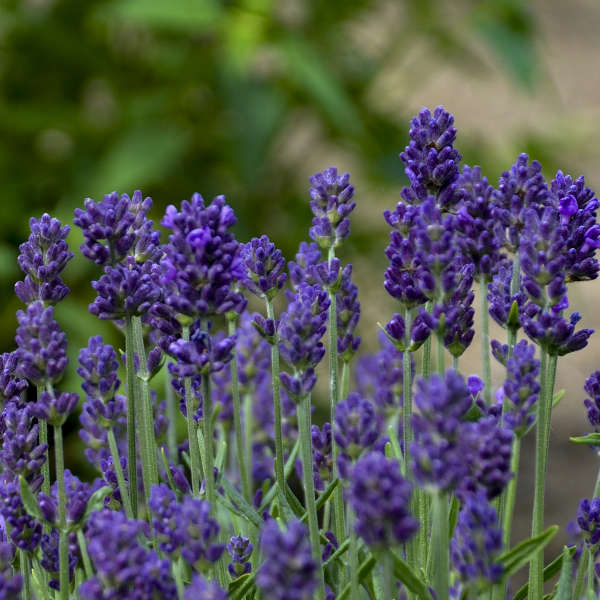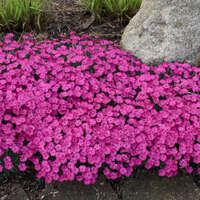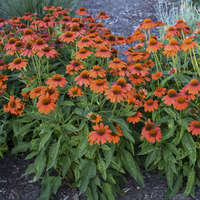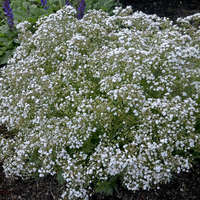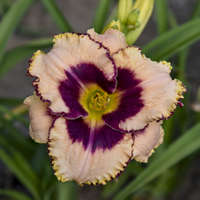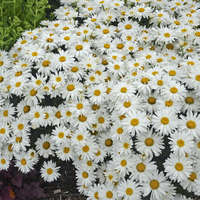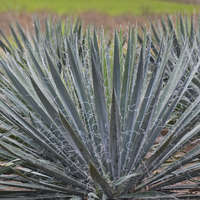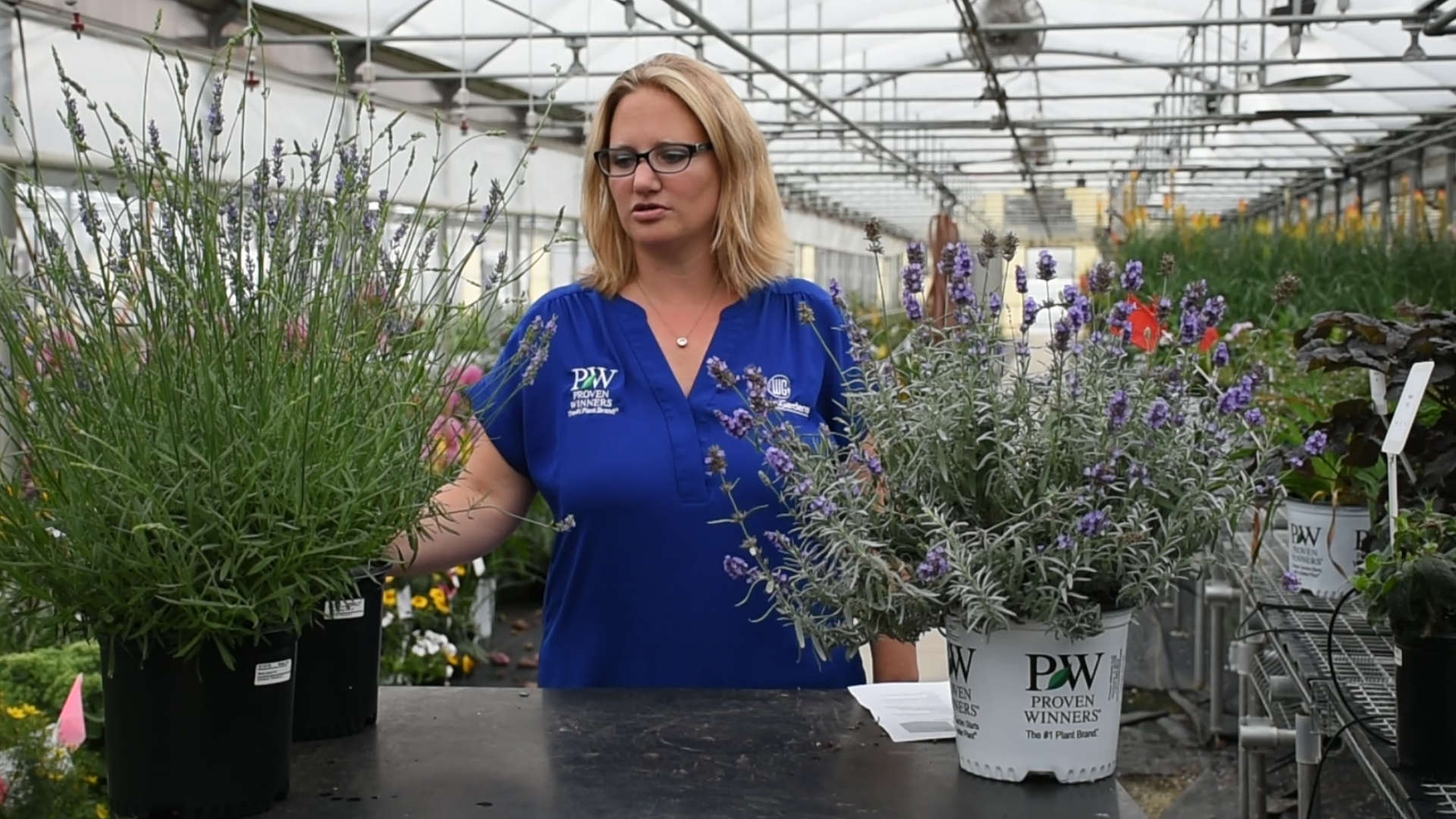Lavandula angustifolia 'Lavance Deep Purple'
Common Name: English Lavender
One of the darkest hued lavenders from seed. Deep purple-blue flowers do not bleach during the summer, according to Pan American Seed. This variety certainly tickled our fancy during our trials, and we're sure you'll have success in your gardens as well. Deer and rabbits tend to avoid this highly scented plant, so you're sure to enjoy it all summer long.
Lavender has been grown for centuries for its intensely fragrant flowers and beautiful appearance. It is a staple item of every sunny garden.
